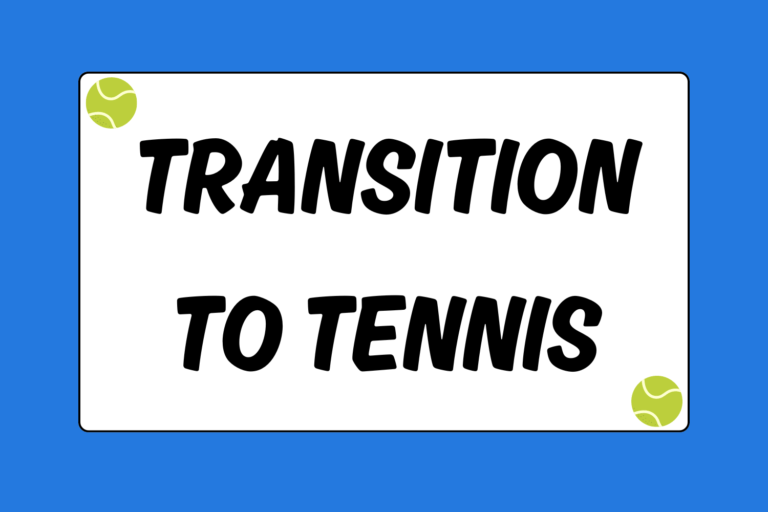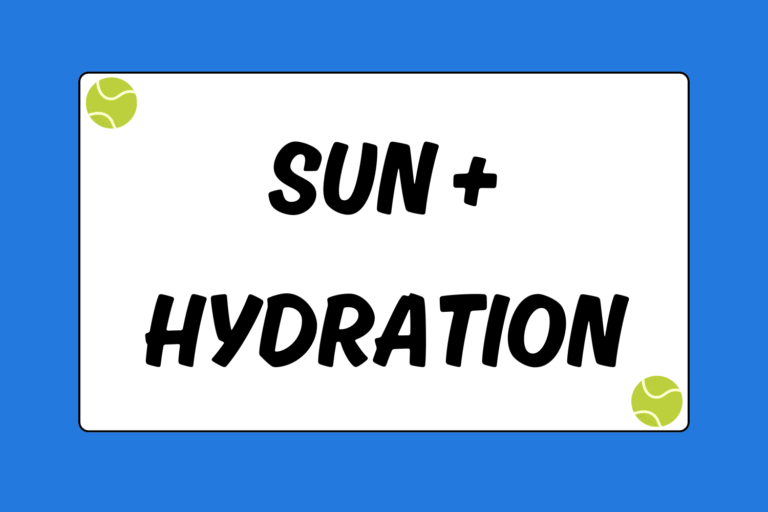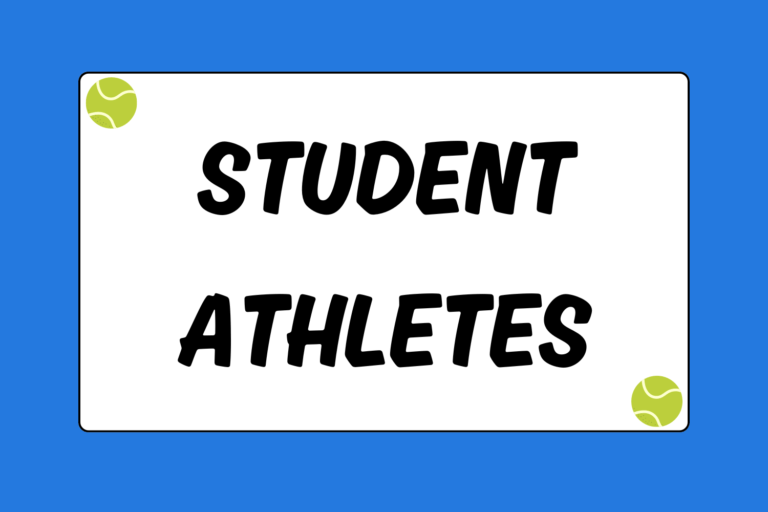Every top professional tennis player in the world works one on one with a personal coach. Referred to as a private lesson, solo sessions help an advanced player focus on specific areas of his game to develop into a well-balanced, competitive player. During the lesson players can work on overcoming weaknesses, while also formulating game plans for upcoming matches. The rest of this guide explains what to expect when stepping onto the court for your first private tennis lesson.
Different Strokes
Ultimately, your coach determines the lesson’s style and tempo. If he spits out orders like a drill sergeant, you might want to slap on some extra deodorant before you leave home. Or, he could take an old-school approach and preach mechanics. In all likelihood, your coach will fall somewhere in between. Choose a pro you’re comfortable with and vocalize your goals early on. No matter your instructor, though, you can expect the following:
Conditioning & Warm-up
At the advanced level, most coaches expect players to incorporate off-court conditioning drills. Private lessons are short — they last anywhere from 30-60 minutes — so most coaches don’t want to spend 20-30 minutes on sprint and ladder drills. You might jog a few laps around the court, or run some basic sprints at the beginning or end of your workout, but most coaches expect you to do this on your own time.
If footwork and conditioning are major holes in your game, then you might need one-on-one coaching in these areas, and spending more time with your coach will be valuable. In most cases, though, you’ll start swinging within the first few minutes of your lesson.
Most coaches start private lessons with short-court hitting. You and your instructor will line up on opposite service lines, and you’ll rally for a few minutes. Hitting slow groundstrokes helps warm up your muscles, but it also exposes any hiccups in your swing technique. You take full swings in short court — just at a slower speed. So if you’re technique is slightly off on your backhand side, for example, your coach will see it right away.
This quick warm-up can also be a good time to quickly discuss any matches you’ve played since you last saw your coach. You can briefly run over any issues (positive or negative) that he should know about before you begin your lesson. By doing so, your coach will know what areas of your game need the most attention.
Mental Edge
Most of the preparation for a private lesson is done beforehand, so show up ready to play. Stretch out and go for a short run if possible. Additionally, never show up late. Most coaches prefer that you show up a few minutes early, so make sure you’re set to play before your practice begins.
Baseline & Net Play
After warm-ups, most coaches generally send you back to the baseline to hit groundstrokes. He’ll likely feed you balls to both your backhand and forehand sides, stressing swing mechanics and footwork. As you continue to hit, he might instruct you to place the shots in certain areas of the court — like hitting inside-in groundstrokes, keeping the ball deep in the court, or taking the ball down the line.
Afterward, you’ll likely move in to the net. Since most modern-day singles players have baseline-heavy games, how much your coach emphasizes net play will vary depending on your style of play. Either way, you’ll likely hit some approach shots, running volleys, set volleys, and overheads.
Drills
Once you’ve worked your baseline and net play, your coach will likely have you participate in a more competitive one-on-one drill that mimics a match situation. There’s no shortage of drills to choose from, and you’ll probably rotate through different exercises every lesson. For example, you could play a half-court baseline drill where you have to hit crosscourt and keep the ball in the deuce court. After you reach the predetermined point limit, you’ll switch to the other side so both wings are tested.
Again, the exact drills your coach chooses depend on your weaknesses, upcoming opponents, fatigue, his coaching philosophy, etc. Likewise, the amount of drills you complete depends on your lesson length and level of play (an elite player might spend more time competing against his coach in various drills). Either way, expect to grind out some long points from the baseline.
Hot Tip: Ask Questions
Never hesitate to stop and ask your coach questions during a private lesson. If he offers advice and you’re confused about what he’s talking about, approach the net and review it in detail. Your lesson will have a greater impact on your game when you fully understand what you need to improve. Don’t stall just because you need a breather, though. Use your time wisely and pick your coach’s brain when necessary.
Serving
You’ll work on serving at some point in your lesson, whether it’s right after open the gate or immediately before you leave the court. Your coach will stand on the baseline with you as you serve, closely inspecting your technique. He’ll likely move you around between the deuce and ad courts, sometimes telling you where he wants the ball (out wide, down the T, etc.).
Even if some of your previous drills included serving, he’ll want to spend some time watching you from the same side of the court. For the most part, you’ll focus on topspin first serves, but you’ll likely practice your second serve, as well.
Private Eye
Remember that every player and coach is different, so it’s hard to gauge exactly what to expect from your lesson. You need to meet different coaches, specify your goals and expectations, and then choose your favorite pro. That being said, the aforementioned exercises give you an idea of what to expect from a private lesson. How much your game improves, though, is up to you.





